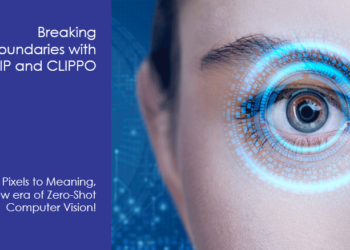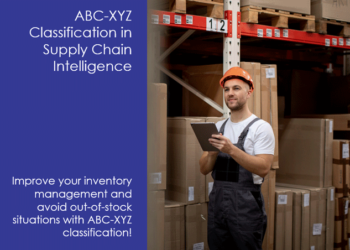

OpenAI’s CLIP is a breakthrough in the computer vision. While OpenAI’s DALL-E creates images from text captions for a wide range of concepts expressible in natural language and OpenAI’s CLIP efficiently learns visual concepts from natural language supervision, CLIPPO is a quantum leap for Multimodal Learning in the field of computer vision.


Poor inventory management often leads to out-of-stock situations for businesses that can be avoidable with proper tools and techniques. Product classification is a customizable and effective way to manage stocks by considering the properties of SKUs and their impact on sales…
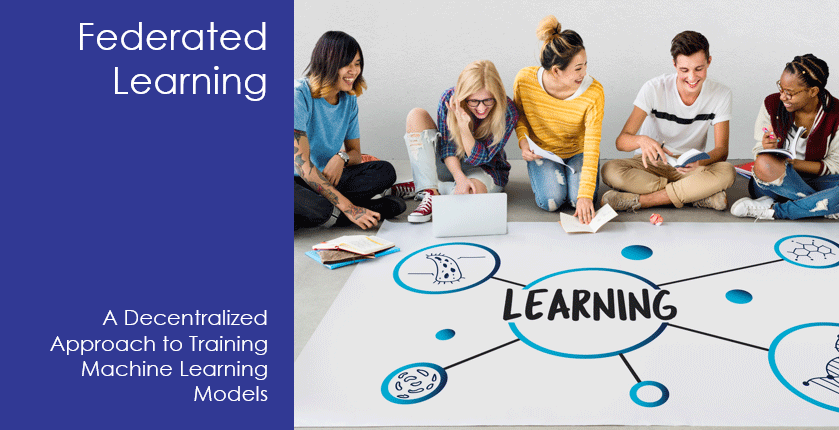

Federated Learning is a decentralized machine learning technique that follows a collaborative approach to train models. In this method, the processing is broken down across various devices where they are trained on specific data. This modelling happens on a local device level, distributed across multiple devices.
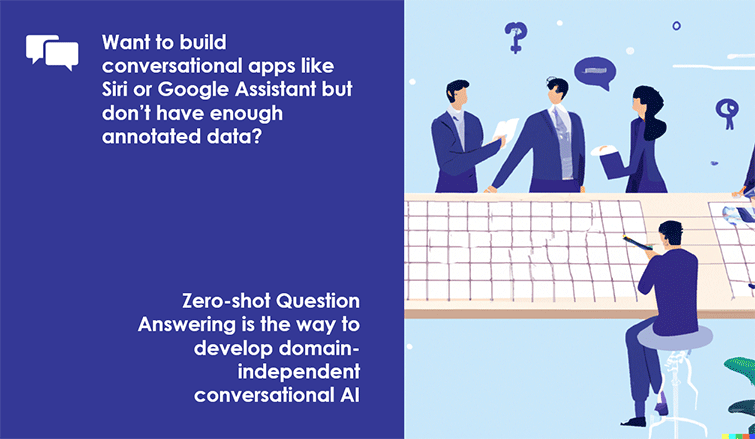

Fine tuning language models with natural language instructions work really well but has a major flaw – they require large amounts of human instructions to train. Such datasets are limited in quantity and narrow in scope, with most containing similar instructions. Hence, SELF-INSTRUCT, a framework for improving the instruction-following capabilities…
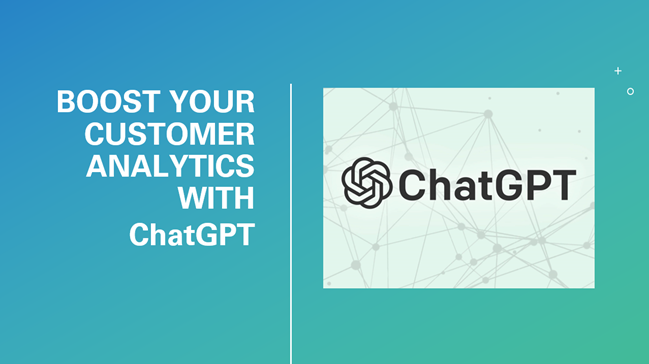

As businesses strive to improve customer satisfaction and drive growth, they’re increasingly turning to customer analytics to gain a deeper understanding of their customer’s needs and preferences. Customer analytics can help businesses understand their customers better, improve customer satisfaction and loyalty, optimize marketing campaigns, and increase sales.
Fine tuning language models with natural language instructions work really well but has a major flaw – they require large amounts of human instructions to train. Such datasets are limited in quantity and narrow in scope, with most containing similar instructions. Hence, SELF-INSTRUCT, a framework for improving the instruction-following capabilities…

